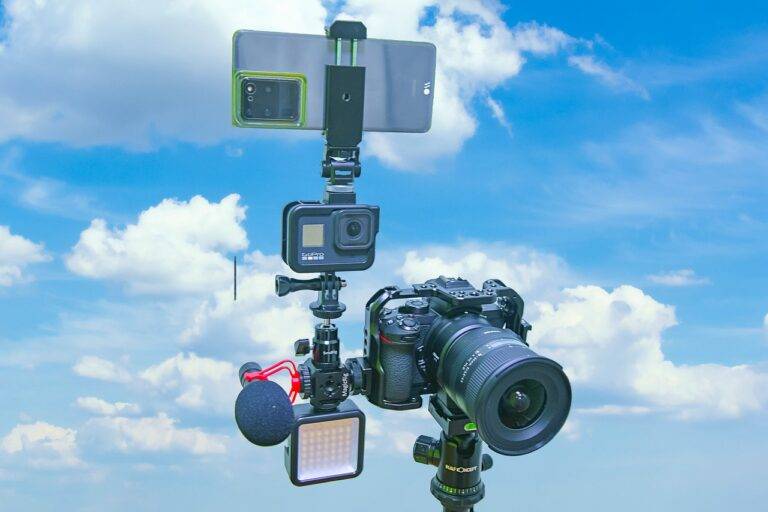The Evolution of CGI in Movies: From Past to Present
CGI, short for Computer-Generated Imagery, made its debut in early films in the late 20th century. While primitive by today’s standards, these first forays into CGI revolutionized the way filmmakers brought their visions to life on the screen. One of the first notable uses of CGI was in the 1973 science fiction film “Westworld,” where computer-generated images were used to depict the robot POV shots. This marked a significant shift in the film industry, paving the way for the groundbreaking use of CGI in future productions. Despite the limitations of the technology at the time, the potential of CGI was evident, hinting at the exciting possibilities that lay ahead for filmmakers.
As the years progressed, the use of CGI in early films expanded, with directors and special effects teams pushing the boundaries of what was thought possible. James Cameron’s 1989 film “The Abyss” was a landmark moment for CGI, featuring the first completely computer-generated character, the fluid-based pseudopod. This innovative use of technology set a new standard for visual effects in cinema and demonstrated the potential for CGI to create otherworldly creatures and environments. The success of “The Abyss” paved the way for further experimentation and refinement of CGI techniques in the years to come.
Advancements in CGI Technology
In the realm of CGI technology, constant progress is evident. As computing power has exponentially increased, so too have the capabilities of CGI. What was once considered cutting-edge in the world of visual effects is now commonplace, with lifelike animations and seamless integrations becoming the new standard. This rapid advancement has opened up a world of possibilities for filmmakers, allowing them to bring their wildest imaginings to life on the screen with unprecedented realism.
Moreover, the evolution of software and rendering techniques has revolutionized the way CGI is created and utilized. With the introduction of specialized programs and tools, artists can now work with greater efficiency and precision, resulting in higher-quality visuals and more immersive experiences for audiences. From intricate character designs to breathtaking landscapes, the level of detail achievable through CGI technology continues to push the boundaries of what is possible in the world of cinema.
Impact of CGI on Movie Industry
As CGI technology continues to advance at a rapid pace, its impact on the movie industry has been profound. Audiences now expect a level of visual effects that can transport them to fantastical worlds and bring larger-than-life characters to the screen in a realistic manner. This has created a high standard for filmmakers to meet in order to captivate and engage moviegoers in this digital age.
The use of CGI has revolutionized the way stories are told in film, allowing for the creation of jaw-dropping sequences that were once impossible to achieve. Directors now have the ability to breathe life into their wildest imaginations, from building intricate worlds to bringing mythical creatures to existence with astonishing detail. This has not only elevated the storytelling aspect of movies but has also opened up endless possibilities for filmmakers to push the boundaries of creativity and visual storytelling.





